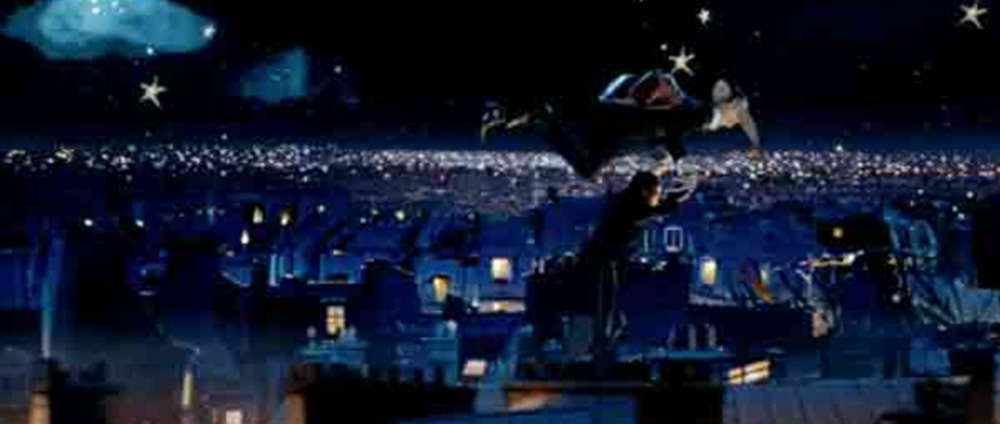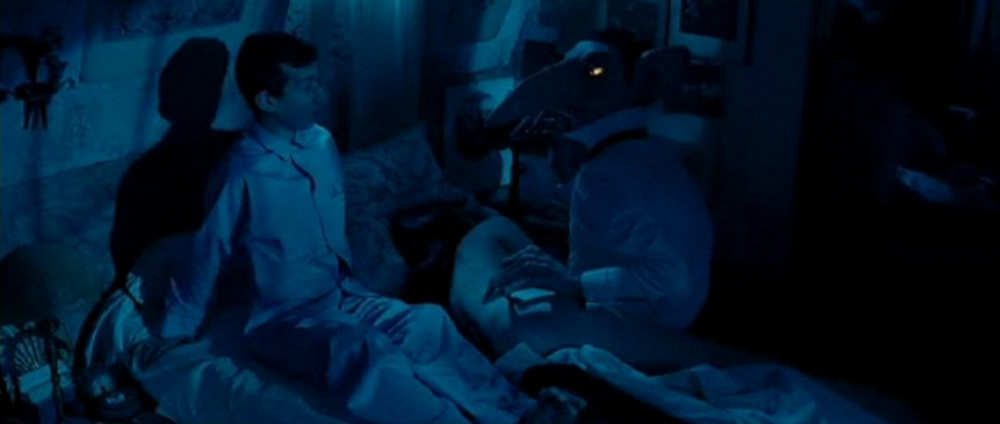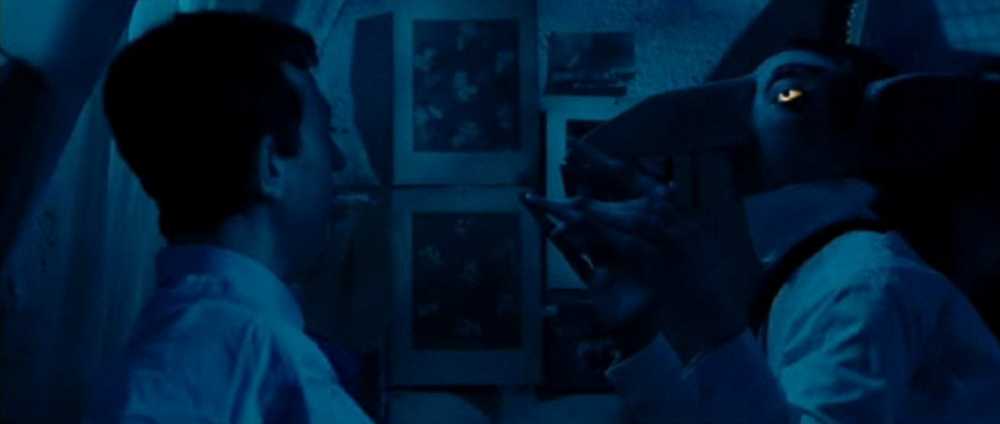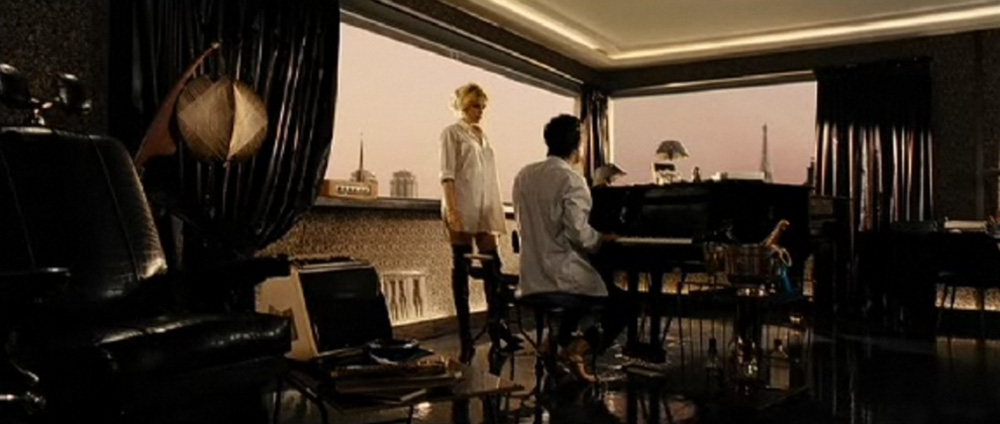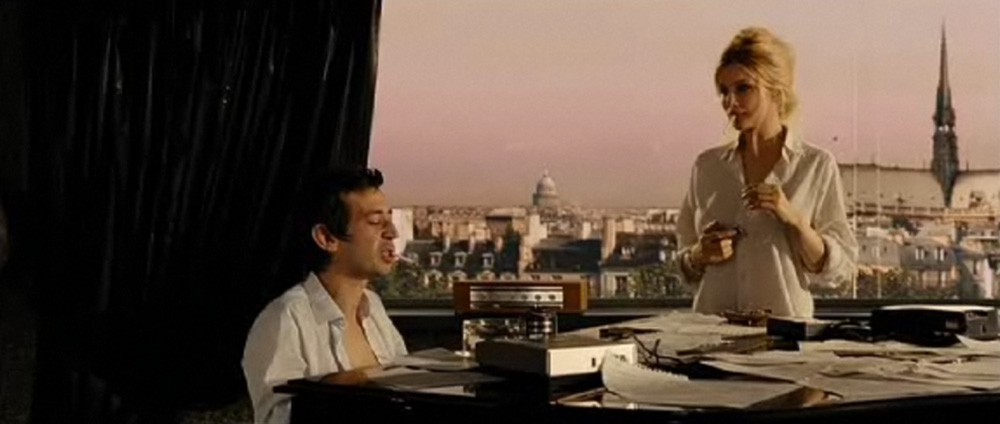Jonathan Fawkner is working since 10 year at Framestore. He has worked on the most biggest projects of the studio such as V FOR VENDETTA, THE GOLDEN COMPASS or THE DARK KNIGHT.
– Hi Mr Fawkner, how did Framestore came on one of the most excited project of those past years ?
We were contacted in late 2008 by VFX Producer Joyce Cox to pick up non-na’vi shots for Weta Digital and help them out. We had worked on the Kryptonite Island for SUPERMAN RETURNS and Harvey Two-Face for THE DARK KNIGHT which Cox had previously been involved with.
– What was the sequences done at Framestore ?
Framestore did the sequences at Hell’s Gate, when Jake rolls onto the airfield in his weelchair and gets his first view of Pandora and later when he and the Avatar crew escape in the Sampson, as well as the pivotal scene where Jake meets Colonel Quarritch in the armour bay.
– Where you the only supervisor on this show ?
We were on a very tight time scale so I teamed up with VFX Supervisor Tim Webber to share the load. We had 4 CG Supervisors as well.
– There was a lot of vfx houses involved on Avatar. How was the collaboration between you and them ?
Our collaboration was two fold. Firstly we were receiving assets from Weta such as the ampSuit which they had already built and textured for other scenes. But rigs and lighting is all proprietory so all that work needed to be duplicated. There was then a healthy bit of competition with who could make the best looking amp suit. Jim kept us up to date as to who was winning. Other assets were developed here for the other facilities to use. We also sometimes got competing reference, such as the underside of the Valkyrie drop ship, which you see clearly in our shot was only really seen in a couple of other shots, but one at ILM and one at Weta. The two textures were completely different, so we ended up trying to make an amalgam of what we received. It is never easy sharing assets and it can impact your schedules dramatically as you have no control of the stuff that you are expecting.
– How many artists have worked on the movie ?
For us, about 100
– Were you able to purpose ideas or all was already set up by James Cameron and Weta Digital ?
In theory everything was already set up by Jim. He had all his Template animation and concept art. But there were problems to solve too. When Jim’s template was not quite accurate enough or if the template alterations he had made for composition reasons did not quite work on the big screen we needed to find elegant solutions that kept true to the photography but also made the shot about what motivated Jim to change it in the first place. If we did what we wanted to do first without doing it Jim’s way he would be annoyed, but if you were able to show two different versions he was happy if your one was better.
– What was the most challenging shots ?
Hell’s Gate had a large number of assets in it. Many many vehicles, buildings, digital doubles. Not only that, the ground was wet, vehicles were kicking up spray, the trees were blowing around. In itself this would have been hard enough but we had to match it into greenscreen plate photography which did not necessarily match well to the aesthetic that Jim was after for the background. As the movie was in stereo it meant that every reflection had to be rendered in 3d, all the spray and clouds were 3d.
– Did you encounter some difficulties ?
The stereo aspect really meant that we were unable to employ so many tricks in compositing that we would normally apply. At least not so easily. Many effects elements needed to be rendered rather than just using flat 2d elements, and matte painting could not be used nearly as they would appear so flat. That meant that we relied upon compositors to build convincing environments, layering light, puddles, and atmosphere in the 3d composting application.
– How was the collaboration with Jon Landau and James Cameron ?
Jim and Jon clearly had a lot of pressure on them, but it did not really show. We mostly spoke to them over the video conference but Jon came to London in the middle of the production and took the whole crew out to see an extended edit from the movie in 3d. I think that really motivated the crew and it was a really great gesture. Jim was incredibly professional. He really knows his stuff and pours over detail in review sessions. We really learned a lot from sessions with Jim and it allowed us to know what was important for him in a shot and what wasn’t so we weren’t wasting time. It was pretty collaborative, despite quite a long chain of command. Getting access to Jim was the most helpful thing in making progress on a shot.
– AVATAR is now released. What is your felling about this experience ?
It was an intense experience for everyone involved, and emotional. Put into perspective we worked on a small amount of the movie but we are proud none-the-less. Proud of our work certainly, but proud to be associated in the same field as everyone else that has achieved so much on AVATAR.
– What is your next project ?
I am currently working on the next narnia film, THE CHRONICLES OF NARNIA: THE VOYAGE OF THE DAWN TREADER.
– Thanks a lot for your time.
© Vincent Frei – The Art of VFX – 2010



